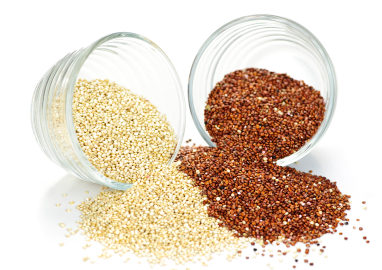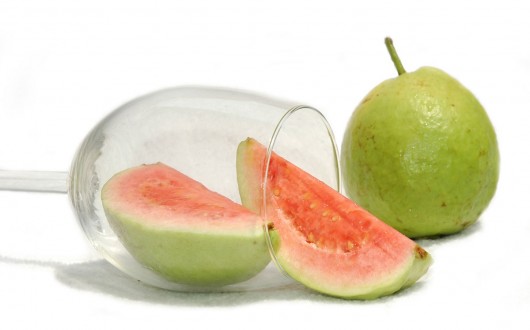Quinoa Grain, A Well Kept Secret From The Past

What is Quinoa?
It seems like quinoa popped up out of nowhere as the world’s newest superfood. But that couldn’t be further from the truth. In fact, this grain has been used for thousands of years. Archaeologists have traced quinoa back to the Incans who regarded it as sacred. They even restricted its growth so that the commoners couldn’t abuse its benefits. Even in America, it predated the corn craze because of its ability to grow in cooler climates.
While it is used as a grain in today’s recipes, it is actually part of another family similar to beets and spinach. This quinoa bandwagon has people asking many questions regarding its health benefits and ease of use. For example…
Why is Quinoa a Superfood?
Today, quinoa is not necessarily regarded as sacred, but it is appreciated for its extremely high nutritional value. First, it has a high protein content. It is actually 14% protein by mass. While this is not as high as many beans and legumes, it is a great alternative that can be incorporated into nearly every meal.
In addition to protein, it contains many other nutrients. It is a great source of dietary fiber. This helps to keep the digestive system working well and encourages weight loss. Quinoa also contains phosphorus, magnesium, and iron. Surprisingly, it is also full of calcium making it great for vegans that are lactose intolerant.
Quinoa started to become noticed when gluten allergies become more common. Quinoa is a naturally gluten free food making it easy to digest.
What Are The Health Benefits of this Vegetarian Meat Alternative?
The fact that quinoa is so high in protein makes it extremely healthy. It is perfect for those who are working out and want to incorporate more protein into their diet without consuming the fat in most meats. It is also an alternative to meats for vegetarians. They get most of the same health benefits of meat without having to turn to unnatural substances.
Quinoa is a dream food for most dieters. It is low in cholesterol and high in complex carbohydrates. This means that it keeps you fuller for longer and provides nutritional value while doing so. Other diet foods are packed full of sugars or simple carbohydrates that send you on a dieting roller coaster. Also, because quinoa is low in calories, you can nearly as much as you want without feeling guilty.
The fiber and other nutrients in quinoa make it an extremely effective detoxing food. It cleans out the digestive system while cleansing the liver and kidneys. If you suffer from any sort of digestive disorder or slow metabolism, quinoa may be the answer.
Quinoa is beneficial to so many other parts of the body. It helps promote bone strength. It aids in focus and concentration. It also provides the body with energy it needs to make other healthy decisions.
How to Prepare it & Eat it?
To get the full health benefits of quinoa, try having one or two servings per day. Because it is such a versatile food, you can have quinoa with any meal. This ensures that you get all the health benefits possible. If you are vegan or replacing all your grains with quinoa, you may need more than one or two servings. Here is a simple recipe to get you started.
Simple Quinoa Recipe
For one cup of quinoa, you will use two cups of water. This will result in three cups of quinoa and three servings.
Begin by rinsing the quinoa so the water runs clear. Heat the seeds in a pan with olive oil for about one minute until all the water has evaporated. Add the water and bring to a boil. Turn the heat down low and let it sit for 15 minutes. Remove the pot from the burner and allow it to sit covered for about 5 minutes. Fluff with fork and serve.
From here, you can experiment so it accompanies your meal:
- add brown sugar or maple syrup for breakfast,
- use chicken broth instead of water as a side dish,
- serve it cold and add vegetables for a summer salad,
- etc…
To get you started, here is a cool quinoa salad recipe video:
Quinoa certainly deserves its reputation as a superfood. Try it out for yourself and experience all the benefits.


